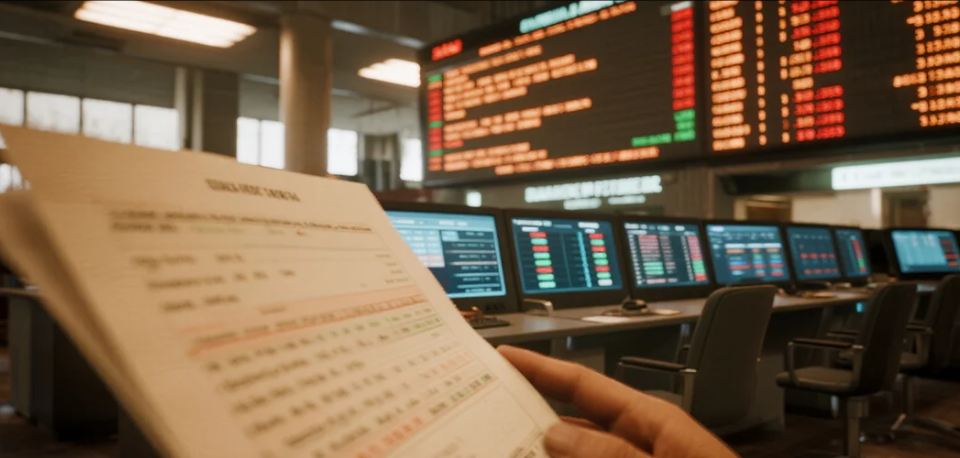
Why Does the Matthew Effect Exist?
What is the Matthew Effect? The Matthew Effect refers to a phenomenon where the rich get richer, the poor get poorer, the strong grow stronger, and the weak become weaker. The term originates from a parable in the Gospel of Matthew in the Bible. Specifically, it comes from a verse in the New Testament, Matthew 25:29: "For to everyone who has, more will be given, and he will have abundance; but from him who does not have, even what he has will be taken away." Coincidentally, a similar idea appears in Chapter 77 of Laozi's Tao Te Ching: "The way of Heaven is to take from the excess and give to the deficient. The way of man is not so; he takes from the deficient to give to the excess."
From an economic perspective, the Matthew Effect is easy to explain. Simply put, resources or capital tend to flow toward areas with higher returns. Digging deeper, the scarcer a resource is, the higher its price, and thus wealth naturally gravitates toward these scarce resources.
For example, where are the most expensive properties in a country? The answer: core cities. What defines a core city? At the very least, it must be a center of some kind. Beijing, for instance, is the capital, a cultural and political hub; Shanghai is a financial center; Guangzhou is a commercial and trade hub with a thousand-year history as a merchant city, though in recent years, Hangzhou has emerged as a strong competitor due to Alibaba's rise and its proximity to Shanghai; Shenzhen, on the other hand, is a center for technological innovation. These cities are considered core cities because they concentrate specific types of resources.
Within a city, where are the most expensive properties? The answer: prime locations. In my view, two factors most reliably define a prime location: excellent amenities and desirable scenery. For instance, properties along a riverfront, especially those with river views, tend to be more expensive. Similarly, properties in central business districts, near major corporations, or universities are generally pricier because they offer better amenities—after all, population density drives demand for better transportation, healthcare, and schools. These advantages stem from accumulated resources. For example, building a subway station increases convenience, causing property prices near the station to soar. Natural scenery is also a form of resource.
The concentration of resources in core areas means that, even when prices are generally falling, these areas remain more resilient. Conversely, when prices are rising, they appreciate faster. This is the Matthew Effect in action.
From this principle, it follows that properties in prime locations within core cities are more likely to retain and increase their value. From an investment perspective, upgrading—such as swapping non-core city properties for those in core cities, or trading non-prime locations for prime ones—aligns with the Matthew Effect and its underlying economic logic. For those owning multiple properties, especially non-core ones, selling them to upgrade to prime locations is the wisest strategy.















